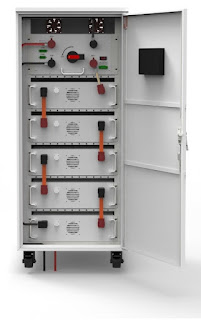Navigating Rough Waters: The Reliability Of Lithium Trolling Motor Batteries In Challenging Conditions
.jpg)
With the increasing use of lithium batteries in recreational vehicles (RVs) by travelers, it has become equally crucial to understand the laws governing their use. The increasing demand for lithium RV batteries, that result from efficiency in use, long service time, and lightweight nature of the batteries make them suitable for use on multiple RV systems. But, as has been observed with increased usage of the products, it calls for adherence to rules or laws that define safe usage and shipping of the products. This blog shall look deeper into these regulations and direct RV fans and users on how to follow these regulations. Understanding Lithium RV Battery Regulations Operating lithium RV batteries presents several difficult federal state, and regional approved guidelines, aimed at managing safety and environmental concerns. The regulators to be considered include the U. S. Department of Transportation (DOT), the Environmental Protection Agency (EPA), and the Occupational Safety and...

.jpeg)
